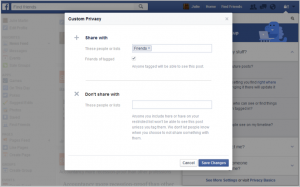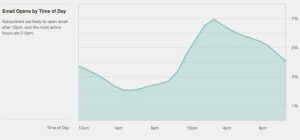by Gavin O’Malley@mp_gavin, September 29, 2016
 Beyond simply improving the ad experiences for consumers, faster load times dramatically affect viewability rates, new research suggests.
Beyond simply improving the ad experiences for consumers, faster load times dramatically affect viewability rates, new research suggests.
On average, the “lightest” ads have the highest viewability — 52% to 70% — according to fresh finding from programmatic creative platform Thunder.
In ads under 50 kilobytes, there is a 3% drop in view rates for each 10 kilobytes after the initial 10 kilobytes. That is followed by a 0.5% to 1% drop in view rate per extra 10 kilobytes beyond that, according to Thunder.
Average viewability bottoms out at around 25% in the 150 kilobyte-to-200 kilobytes range, which is the IAB’s recommended maximum.
For its findings, Thunder said it studied billions of impressions in conjunction with its global DSP and programmatic exchange partners.
With so much at stake, trade groups have recently sought to shore up viewability standards.
In late June, the Media Rating Council (MRC) issued guidelines on mobile viewability measurement, which offered directions for measuring viewable impressions in mobile Web and “in-app” environments.
The guidelines represent the last step in “defining impressions,” George Ivie, CEO and executive director of the MRC, said at the time. The parameters for measuring viewable impressions in mobile Web and mobile in-app environments are similar to those in desktop environments, according to the MRC’s final guidelines.
Per them, a mobile viewable impression requires a minimum of 50% of pixels in view for one consecutive second for display and two consecutive seconds for video.
These time requirements apply equally to mobile newsfeed and non-newsfeed environments. Satisfying the minimum pixel requirement should precede the measurement of the time duration, according to the MRC.
Meanwhile, a mobile ad must render before viewability measurement occurs, according to the self-regulatory industry body.
MediaPost.com: Search Marketing Daily
(41)
Report Post






